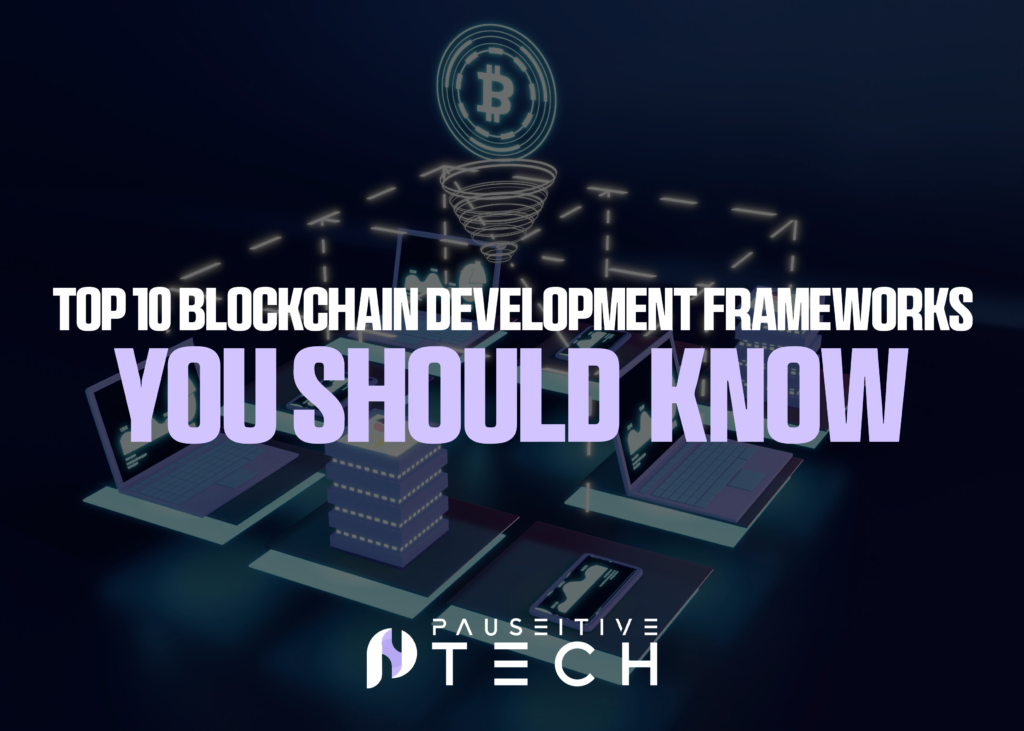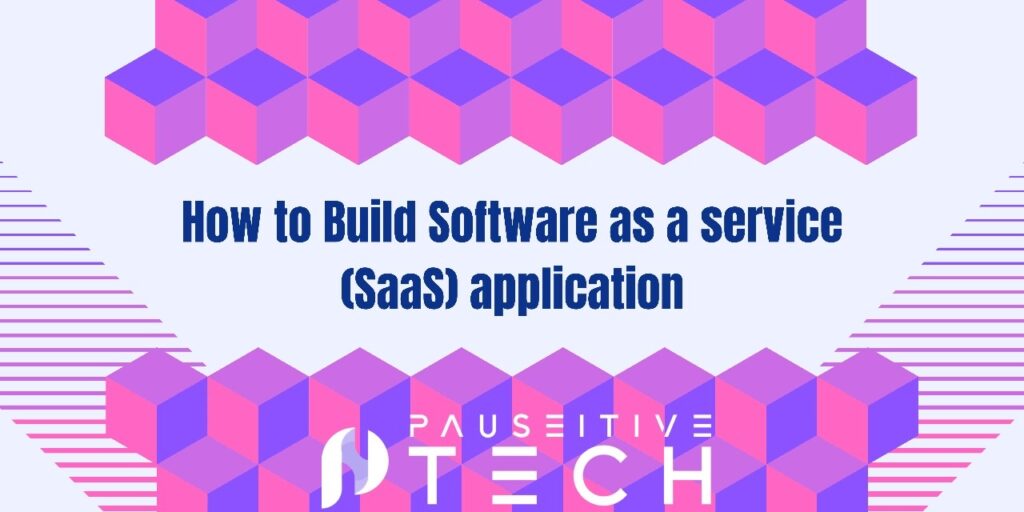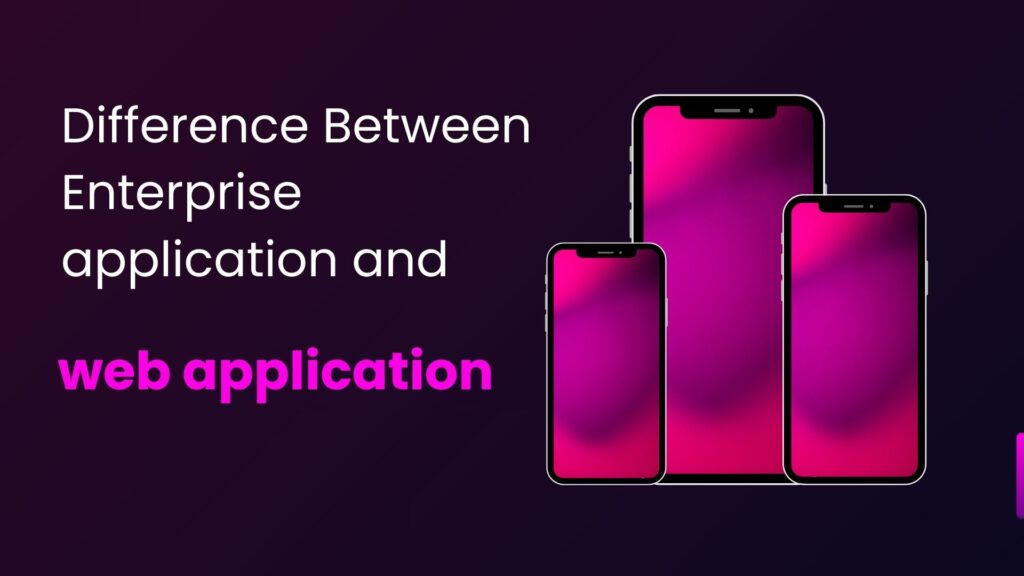Blockchain technology has received a lot of attention and interest in the recent past because of its security, distributed, and tamper-proof properties. Therefore, there has been a rush in the market with blockchain developers. To fill this gap, numerous blockchain development frameworks have been developed aiming to ease the creation of blockchain applications.
Top 10 Blockchain Development Frameworks You Should Know

The discussions contained in this document will also focus on the ten leading blockchain development frameworks in the market today. These frameworks provide some features and tools that can help the development of solid and highly performant blockchain solutions.
1. Hyperledger Fabric
Hyperledger Fabric is an enterprise trade duplex based on a set of rules from the Linux Foundation. It is mainly centered on delivering a safe and elastic infrastructure for establishing the permissioned blockchain networks. Fabric enables the development of smart contracts in several programming languages including Java, Go, and Node. It also includes features of high access control, privacy, and high throughput.
2. Ethereum
Bitcoin’s closest competitor in the development of blockchain applications is Ethereum which comes second in popularity. Open source framework that is used to create decentralized applications is commonly referred to as DApps. The language most prevalently used in writing smart contracts is termed solidify although this is not the original language designed for ethereum. Other programming languages existing include Vyper and Serpent by the developers.
3. Truffle
Truffle is one of the many well-known development frameworks specifically designed for Ethereum. The platform offers a set of integrated tools that help to build, test, and deploy smart contracts running on the Ethereum platform. Some additional features in Truffle are a development environment, testing framework as well as asset pipeline.
4. Quorum
Quorum is an open-source enterprise-grade framework that has been developed by J. P Morgan. It is built on the Ethereum network and consists of features such as users’ data protection, the ability to process a significant number of transactions per second, and the ability to restrict access to the network. Quorum can be run on a private or public network and developers are free to use any language that can interface with Ethereum.
5. Corda
Corda is one of the famous platforms that is specifically designed for building blockchains for Dapp development. It is a work developed by R3 and enables the use of smart contracts that are coded in Java, and Kotlin, among other programming languages based on JVM. Some of the features associated with Corda include data privacy, through high throughput, as well as the pluggable consensus.
6. Stratis
Stratis is a ‘blockchain as a service’ platform designed for facilitating and offering business and enterprise solutions using blockchain technology. That will enable developers to construct a private blockchain by using C# and.Net. Some of the features that the Stratis includes are as follows: sidechains; smart contracts; custom tokens; and cross-chain compatibility.
7. Lisk
Lisk is a platform that is based on the use of a sidechain configuration to foster the creation of blockchain-based applications. It is used for building DApps with the help of JavaScript and provides API that consists of customizable application templates, templates for P2P communication, and templates for data storage.
8. EOS
EOS is the blockchain platform that offers developers high TPS, or the number of transactions in units of a second, for building decentralized applications. Its programming language is referred to as C++; a point of convenience for developers who have more traditional coding experience when it comes to creating DApps. Some of the features that are provided by EOS are parallel processing capability and low latency-free transactions.
9. OpenChain
OpenChain is an open-source blockchain framework that was launched by Coinprism as the base for further developments. It lets a company confidently build its digital assets and oversee the execution of those assets on a private or public blockchain. Developers with OpenChain can have their permissions, issue their assets, and have other data privacy rights.
10. Multichain
Multichain is an open-source solution that is used widely for developing private blockchains. It allows developers to create permissioned networks that may include features such as smart contracts, assets, issuance of digital assets, and sharing of data. Multichain is also programmable with multiple languages such as C++, Java, and JavaScript.
Conclusion
Blockchain development frameworks have simplified the creation of blockchain apps that are safe from attacks and efficient to use. Both frameworks include various feature sets and tools according to the needs, demands, and expectations of the business and enterprises. With the ever-increasing need for blockchain solutions in various spheres of human life, these frameworks will considerably help to fill in the gaps and help achieve interoperability across blockchain systems. Therefore, developers should take their time to look for these frameworks and then determine which is most suitable for the project.




